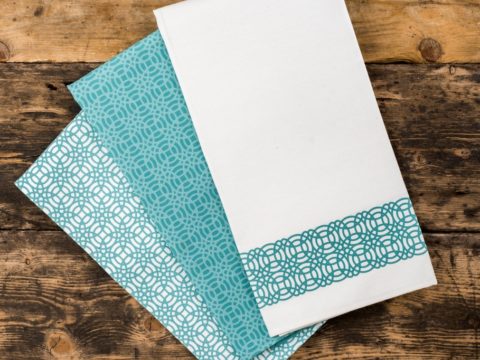Anne of Brittany: Life Story
Chapter 6 : Freedom
Charles returned to Anne at Lyons in November 1495, but within weeks they were faced with the news that their only living child had died at Amboise. Accounts of Anne’s reactions differ. Commines insinuates that neither parent was particularly grieved at the loss of their child, whilst a later chronicler, Brantôme, suggests that they were deeply unhappy, but that the royal physicians prescribed entertainment and amusements to divert their minds.
Louis of Orléans, now resuming his position as Charles’ heir, played his part in the various court masques to such a degree that Anne accused him of rejoicing in the dauphin’s death and obliged him to leave court.
Three further children were born to Anne and Charles, but none survived, despite all the prayer and the various charms and good luck talismans that Anne ordered to be placed around them. It was suggested that the loss of so many infants was the result of the marriage of Anne and Charles being invalid – both being already married to others in the sight of God, before their nuptials. These three children were all buried in the cathedral at Tours, as was the little dauphin.
Anne also suffered the humiliation of having a publicly unfaithful husband (whatever her own feelings about him might have been).
Charles returned to France full of energy and plans to mount another expedition to Italy, having learnt from his mistakes. He occupied some of his time with further refurbishment at the chateau of Amboise, taking advantage of the new styles he had seen in Italy.
He also, according to Commines, resolved to limit taxation, live more frugally, reform ecclesiastical abuses (particularly pluralism) and generally live more virtuously, including, perhaps, more faithfully with Anne.
Perhaps in accordance with this resolution towards his wife, on Saturday, 7th April, the eve of Palm Sunday, he came to Anne in her apartments at Amboise, and, taking her by the hand, led her out to watch a game of real tennis. The vantage point was a gallery called the Haquelbac Gallery, which Commines described as the nastiest place in the chateau, full of the stench of urine. Quite why Charles thought this a fit place for Anne is a mystery. Charles, although not a tall man, hit his head on the lintel as they entered.
The couple watched the game, and Charles told the Bishop of Angers, who was in attendance, that he hoped never to commit another sin as long as he lived. He got his wish. Around two pm, he passed out, and by eleven that night he was dead, and Anne was a widow.
As all of Anne and Charles’ children had pre-deceased him, and French law would not recognise the claims of either of his sisters, the crown fell to Louis of Orléans, who was also married to Jeanne of France, Charles’ younger sister.
Louis, now Louis XII, was immediately summoned to Amboise, where, according to one of Charles’ ministers, the Sieur de Bouchage, he found Anne prostrate with grief. ‘The queen continues to weep incessantly and no-one can comfort her’, he wrote to Madame de Bouchage.
Anne received Louis, and, although she first told him she was so grieved that she wished to follow Charles to the grave, she was soon well enough to announce that, rather than the customary white that French queens wore as mourning, she would wear only dark colours – and, more importantly, send orders to her duchy only two days after her husband’s death to reinstate the Chambre de Comptes (treasury or chancellery) that Charles had suppressed in 1496. Her former ministers, Philippe de Mauntoban and Jean de Châlons, Prince of Orange, were appointed Chancellor and Lieutenant-Governor with immediate effect.
On 17th April, she wrote a letter to the town of Lantreguyer, giving every indication of her plans to take up the government of her duchy.
Before Anne could return to Brittany, which was her clear intention, she was obliged to undergo the six weeks of total seclusion prescribed for French queens – this period would allow the widow to ascertain whether she might be pregnant. If Anne had borne a posthumous son to Charles, Louis would have been ousted. Following this, another custom required her to live in Paris for a period. She took up residence at the Hôtel d’Etampes (Hotel being the French for a town house, rather than hotel in the modern sense). Always lavish in her expenditure, over 25,000 francs were spent on preparing the property for her occupation.
Although Anne was detained by custom in France, she poured her energies into taking control of Brittany – orders went out for a new minting of coins. Charles had had coins minted bearing only his head, but Anne ordered coinage with her own image. These show Anne on the obverse, sitting on the throne of justice, full faced, with orb and sceptre, as a sovereign. The reverse shows a French lilies cross, with crowned ermine tails. Anne was clearly making a statement about her position.
Since Anne could not go to Brittany, Brittany, in the shape of her nobles, came to her, to receive orders and commissions.
